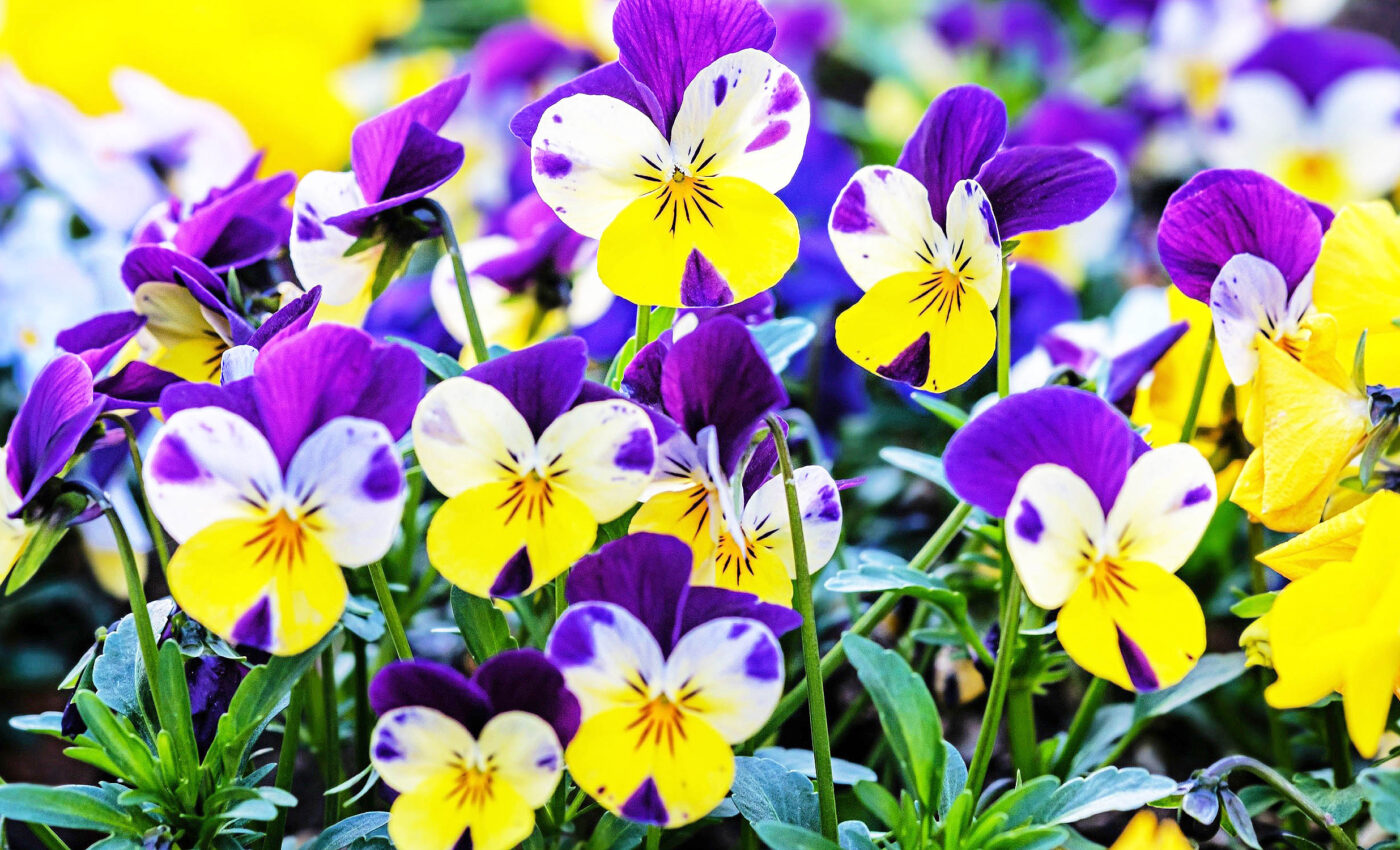
Flowers are picky when choosing their mate for fertilization
Flowers brighten our gardens, fill our vases, and inspire countless poets. But have you ever wondered about the drama unfolding within their petals? It turns out, plants have a fascinating (and surprisingly complex) way of choosing their fertilization partners.
Scientists at Nagoya University in Japan have just pulled back the curtain on this hidden world, and what they’ve found could change the way we think about agriculture.
Flower fertilization
Flowering plants, known as angiosperms, have male and female parts. Reproduction kicks off when a pollen grain (carrying male genetic material) lands on the stigma of a flower (the female part).
This triggers the growth of a pollen tube, a microscopic tunnel that delivers sperm cells to the ovule for fertilization. It’s like a tiny, botanical version of a sperm whale diving to the depths of the ocean.
But how does a flower choose which pollen grain gets to fertilize it? To answer this, the Nagoya University team developed a technique using a two-photon microscope, allowing them to peer deep inside a living flower for the first time.
Attraction and repulsion in flower fertilization
What they saw was a captivating pattern of attraction and rejection in flower fertilization. The female tissue of the flower emits a signal that lures a single pollen tube towards it. It’s like a siren song, guiding the pollen tube along the precise path towards fertilization.
Once the lucky pollen tube has been chosen, the female tissue releases a second signal, this one designed to repel any other suitors. It’s as if the flower says, “Thanks, but I’m taken!” This dual mechanism ensures that only one pollen tube gets to fertilize the ovule.
Lead researcher Yoko Mizuta described this repulsion system as “fascinating,” noting the complex interplay of different cell types involved in this intricate process of attraction and repulsion. It’s like a botanical soap opera, complete with love triangles and dramatic rejections.
Study significance
This discovery goes beyond mere scientific curiosity about flower fertilization. It has significant implications for agriculture. By understanding how plants regulate fertilization, we can potentially optimize seed production and improve crop yields.
The precise mechanism of one-to-one pollen tube guidance ensures successful fertilization and efficient seed production. This knowledge can help develop methods to enhance these natural processes.
By mimicking or enhancing the signals that attract and repel pollen tubes, agricultural scientists could increase seed production and improve germination rates. This could lead to more efficient crop production, especially under challenging environmental conditions.
Ultimately, this research provides valuable insights that could benefit agricultural breeding practices, leading to higher yields and more robust crops. This could play a crucial role in addressing food security issues by making agricultural practices more efficient and productive.
“By precisely orchestrating the behavior of pollen tubes, plants have evolved a mechanism to ensure successful fertilization and efficient seed production on dry land with a limited number of suitors,” Mizuta explained.
Future of plant breeding
This research opens up a whole new world of possibilities for plant breeding.
By manipulating the signals that attract and repel pollen tubes, scientists could potentially develop crops that are more resistant to environmental stressors, produce higher yields, and have better germination rates.
Understanding the precise mechanisms of one-to-one pollen tube guidance allows for targeted interventions in plant reproduction processes.
By enhancing the attraction signals, we can ensure that more pollen tubes reach the ovules, leading to successful fertilization and increased seed production.
Conversely, by optimizing the repulsion signals in flowers, we can prevent multiple pollen tubes from fertilizing the same ovule, improving the efficiency of fertilization.
This could lead to the development of crops that thrive in challenging environmental conditions, such as drought or poor soil quality. Overall, this research provides a foundation for innovative plant breeding techniques that could significantly enhance agricultural productivity and sustainability.
So, the next time you see a flower, remember, there’s more going on than meets the eye. It’s not just a pretty face, but a complex organism with a fascinating reproductive strategy – one that could help us feed a growing planet.
The study is published in the journal EMBO Reports.
—–
Like what you read? Subscribe to our newsletter for engaging articles, exclusive content, and the latest updates.
Check us out on EarthSnap, a free app brought to you by Eric Ralls and Earth.com.
—–













